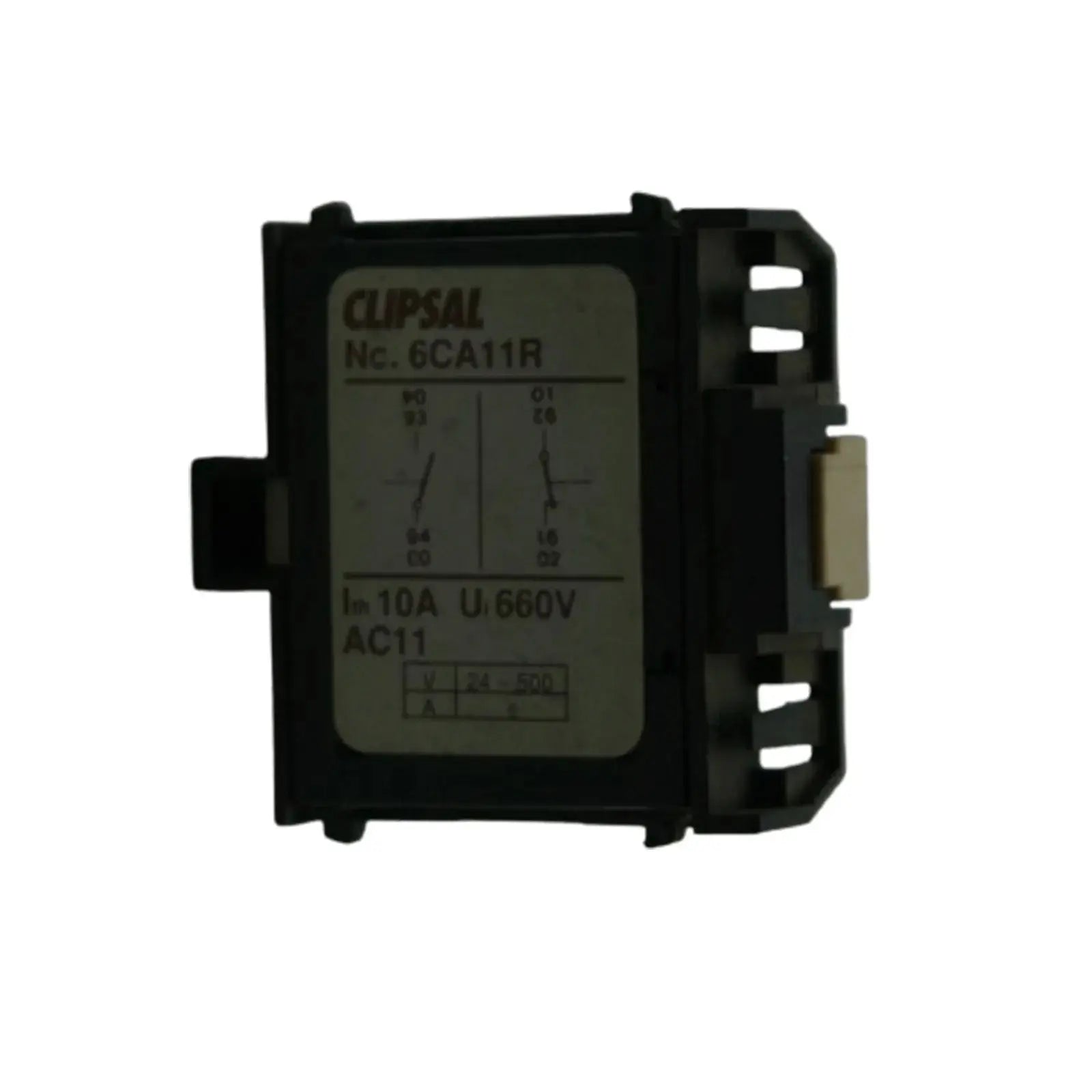
Boutons poussoirs et interrupteurs
276 produits
Affiche 1 - 48 de 276 produits

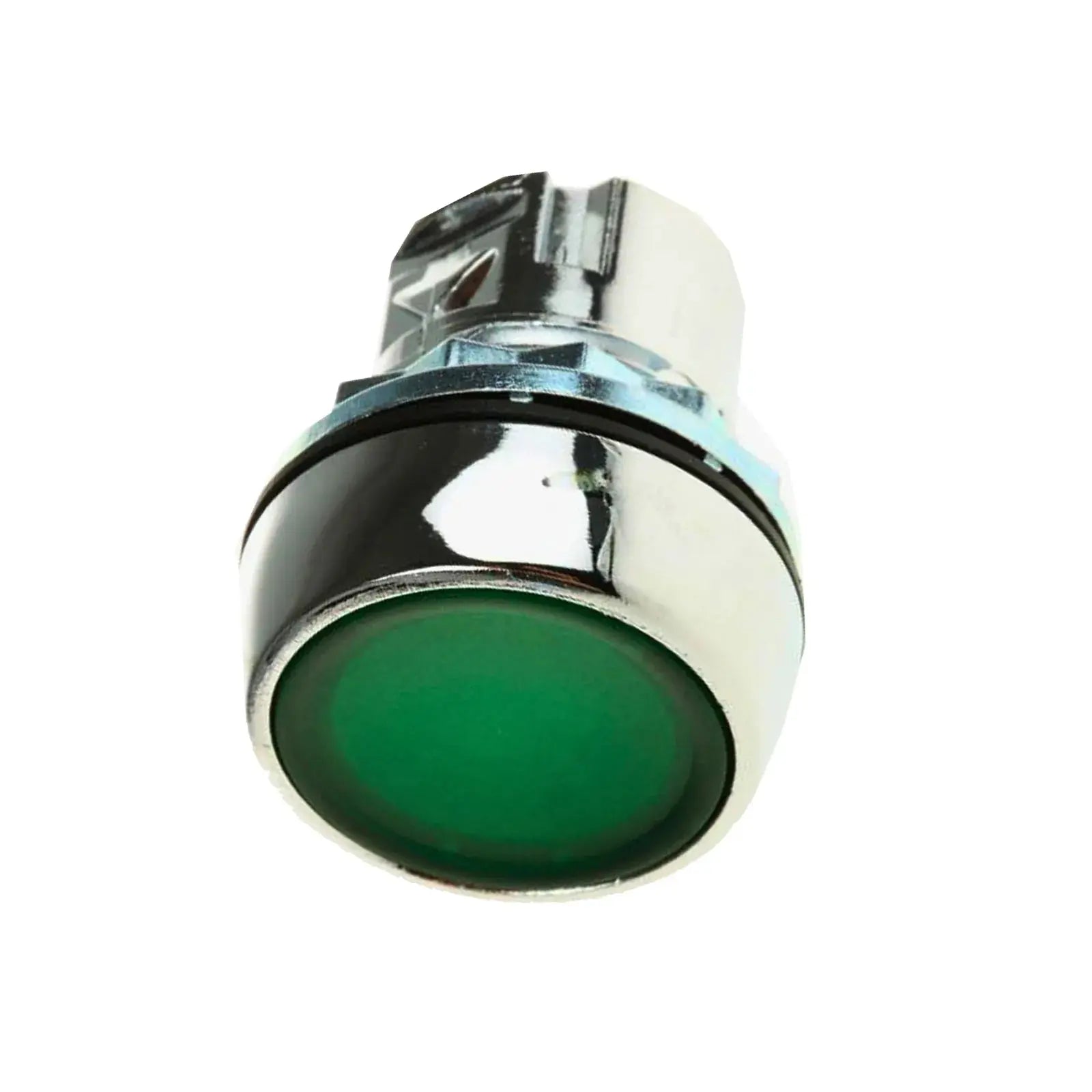









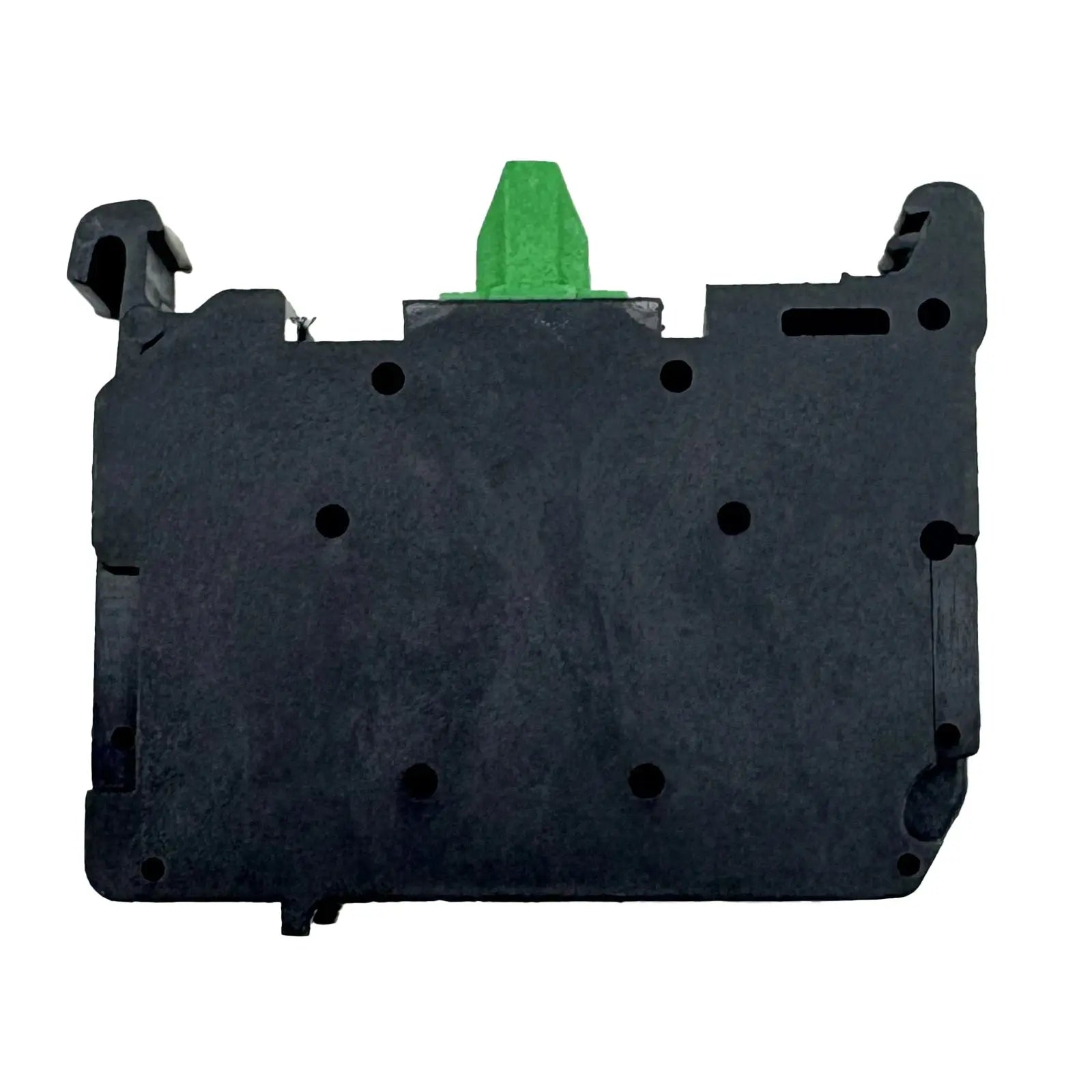








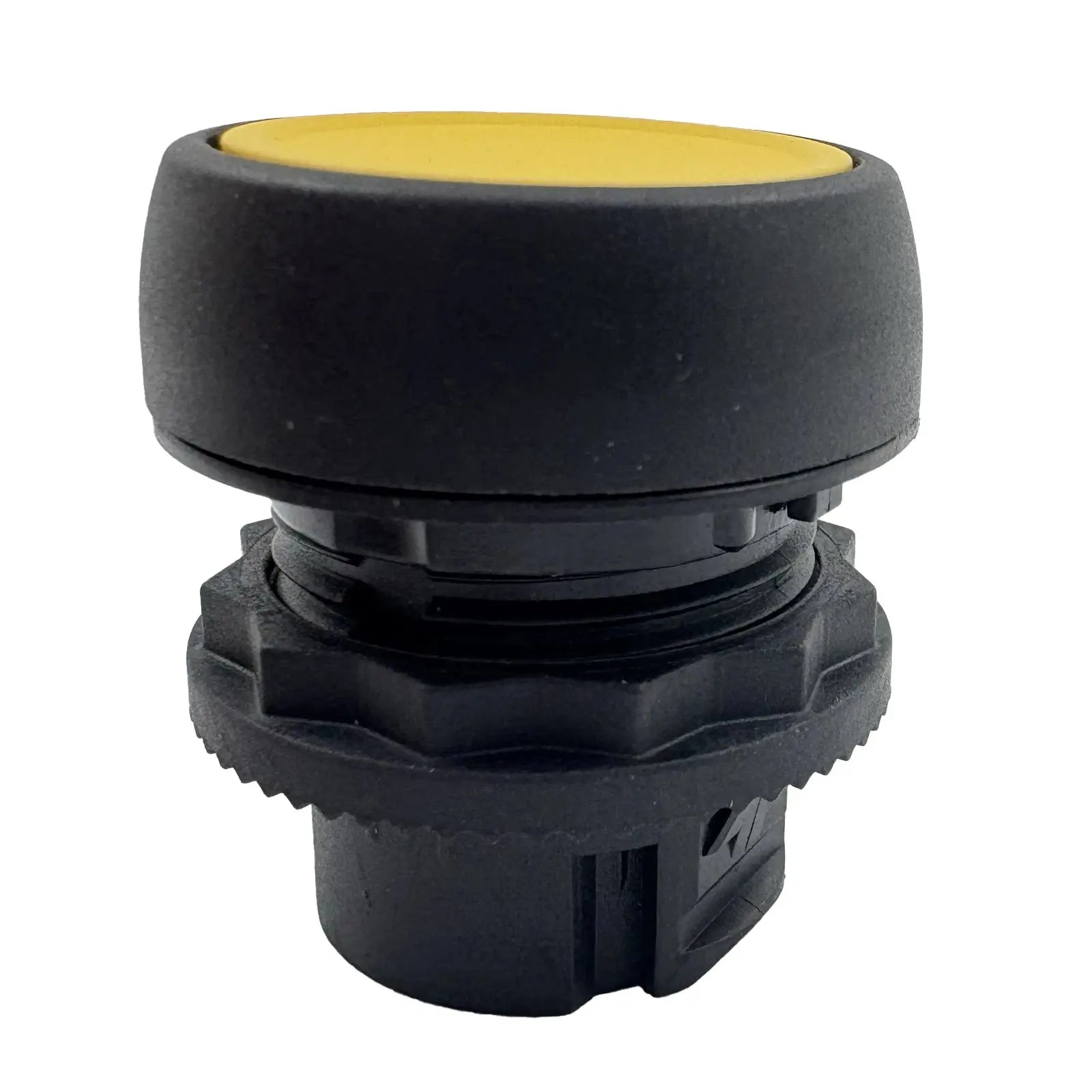
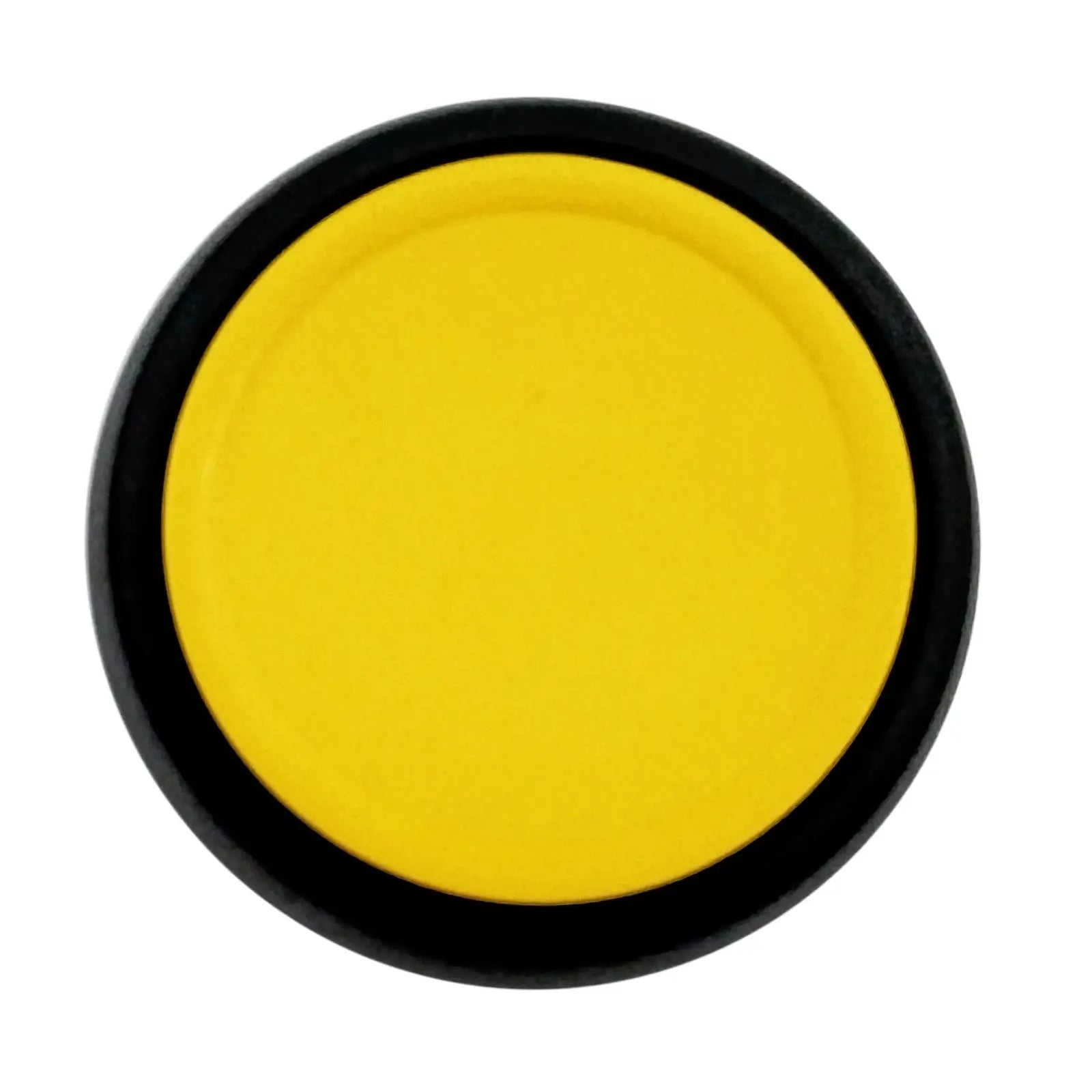









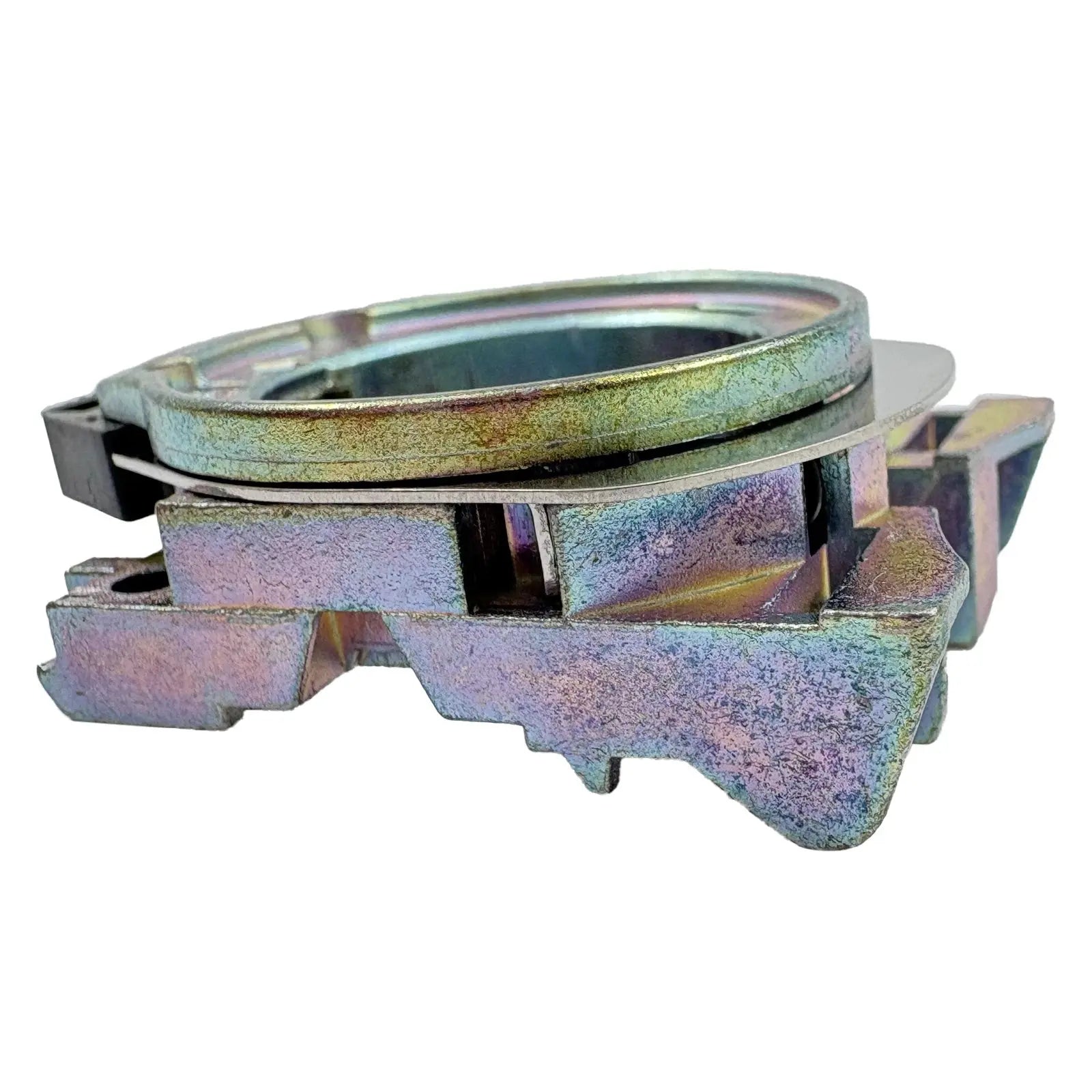
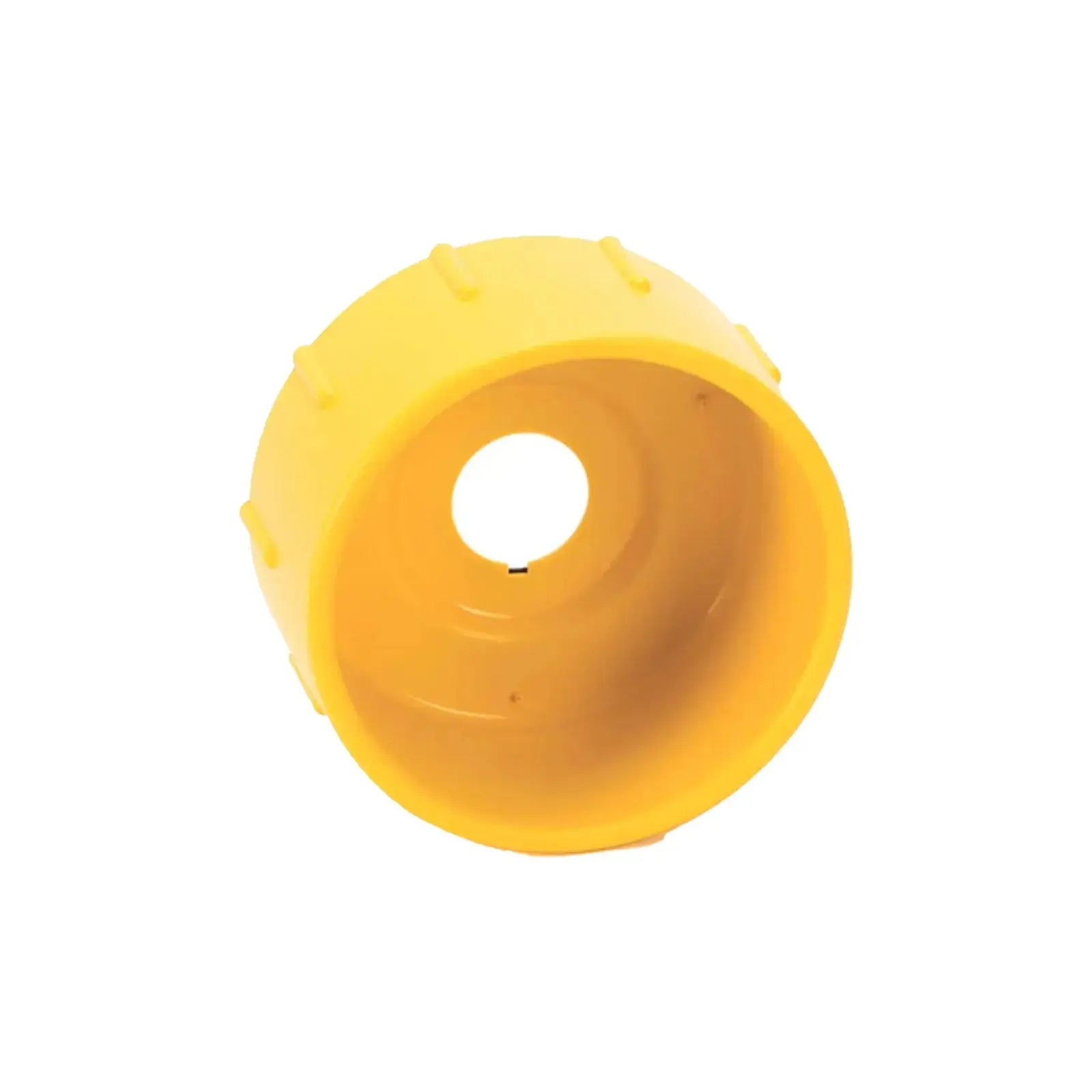








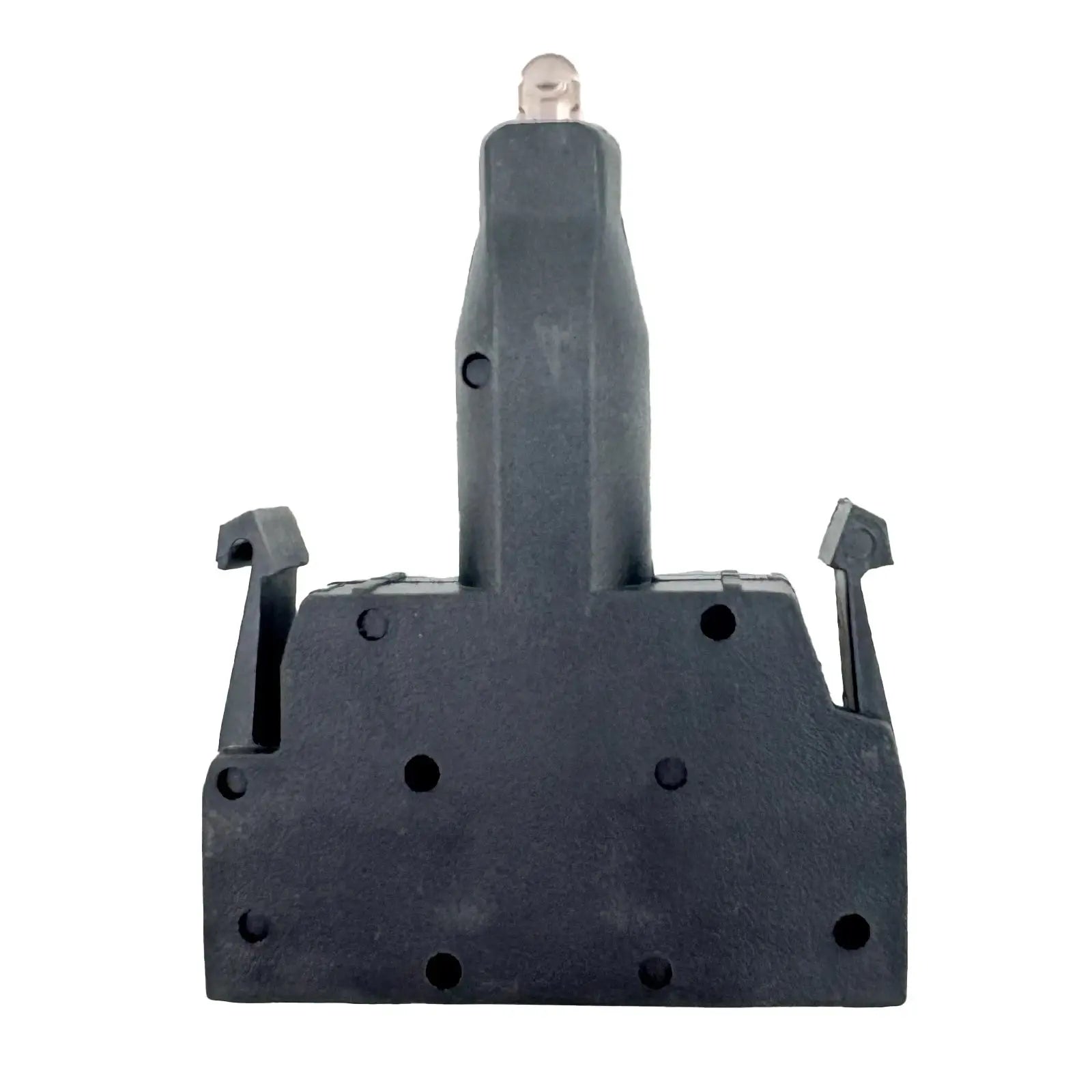





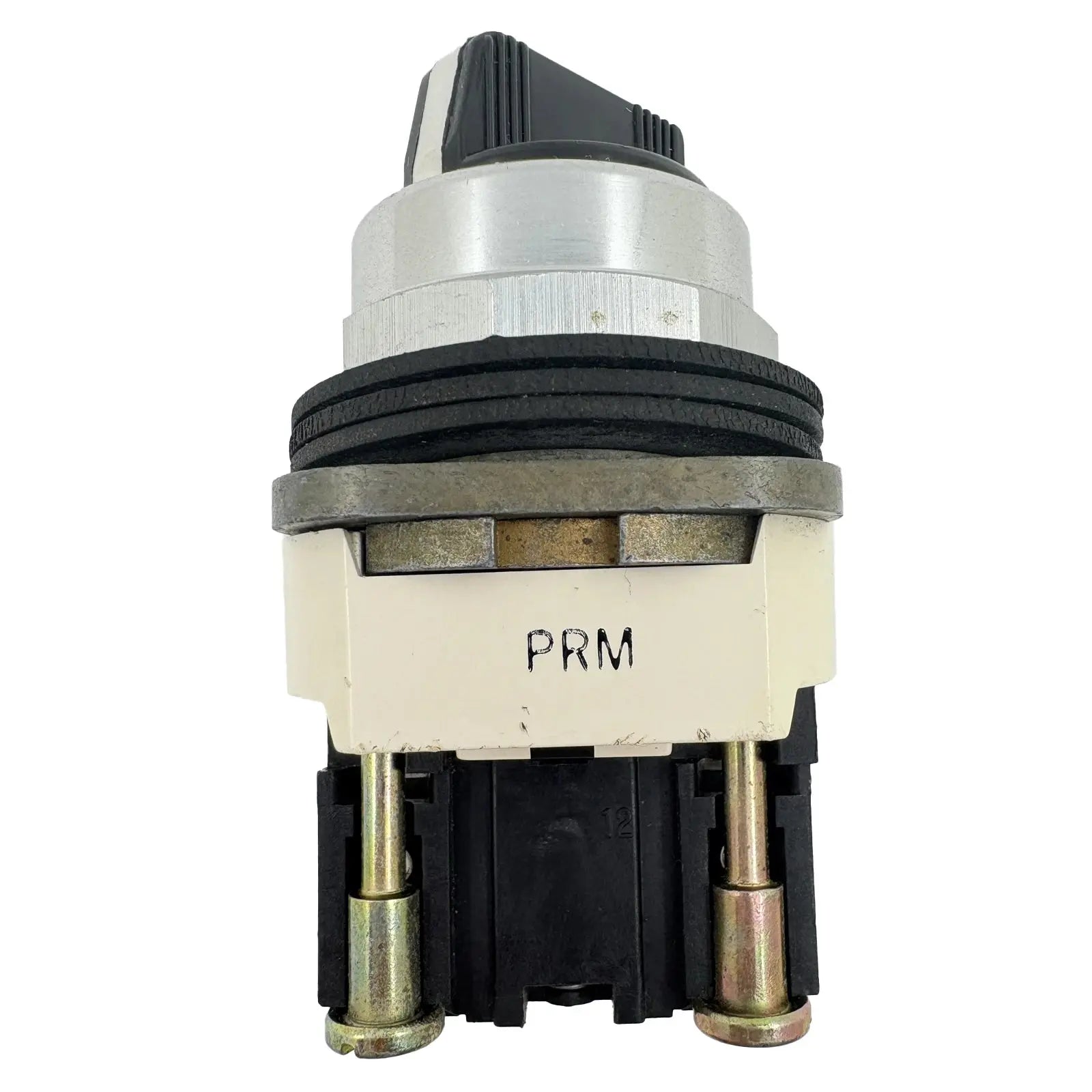







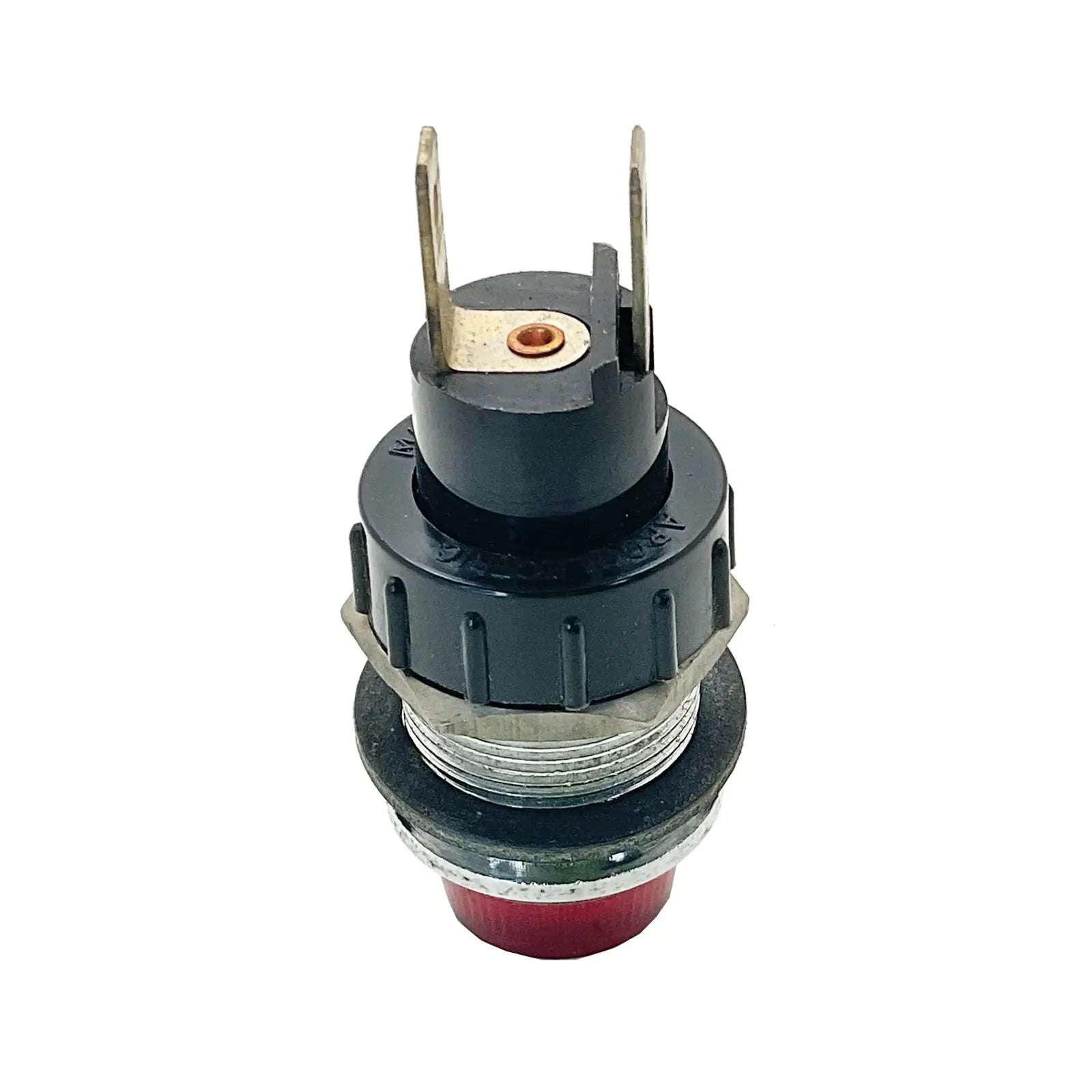


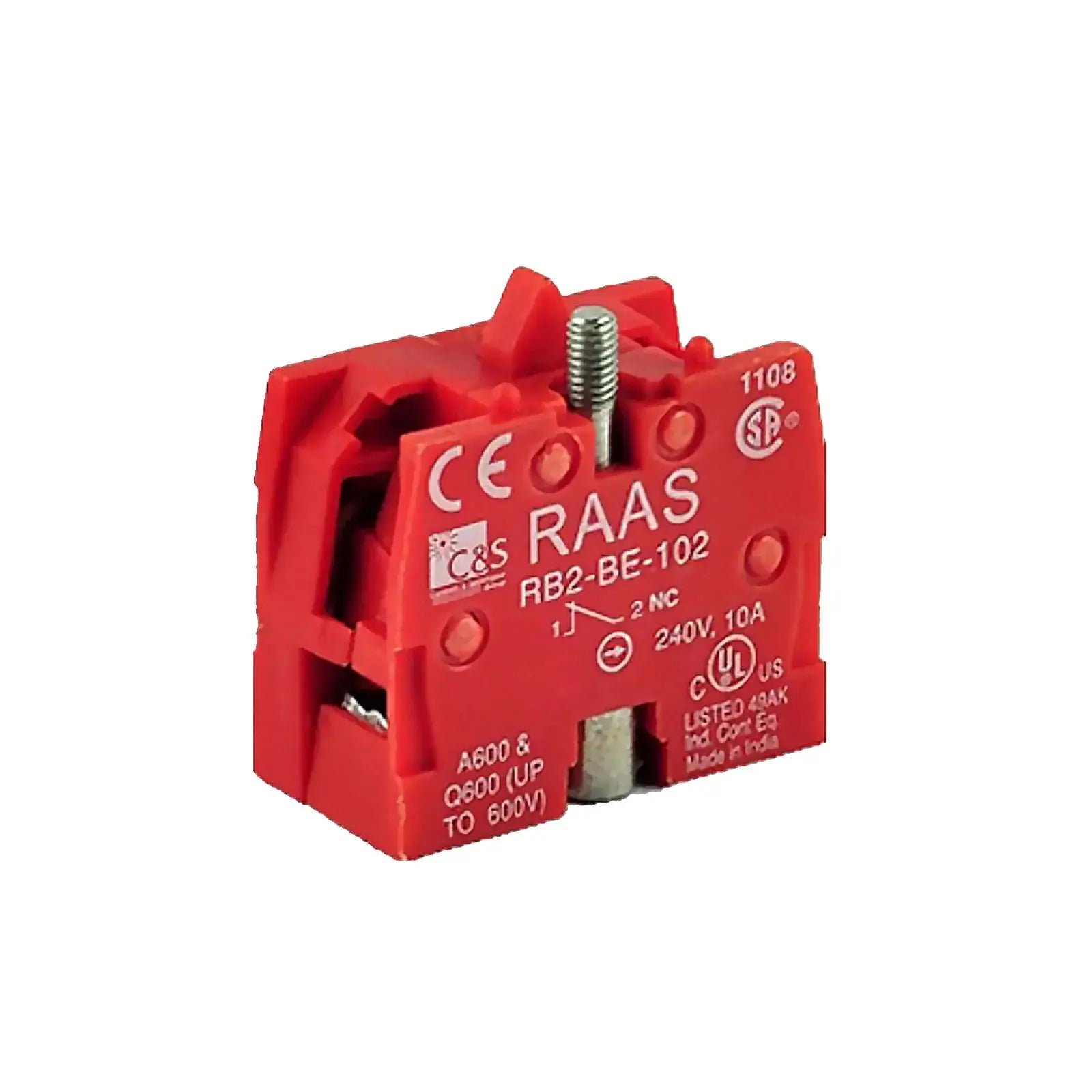













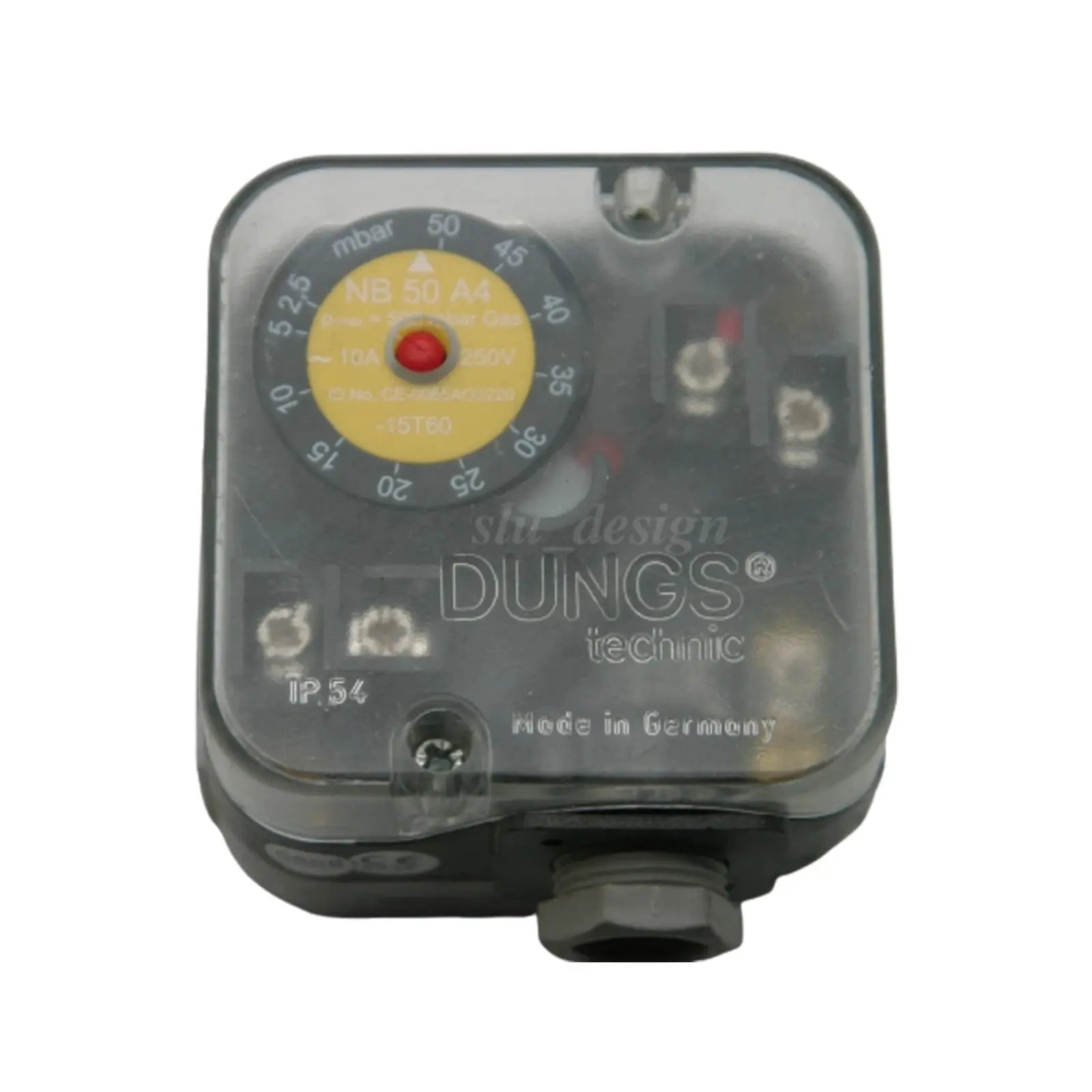



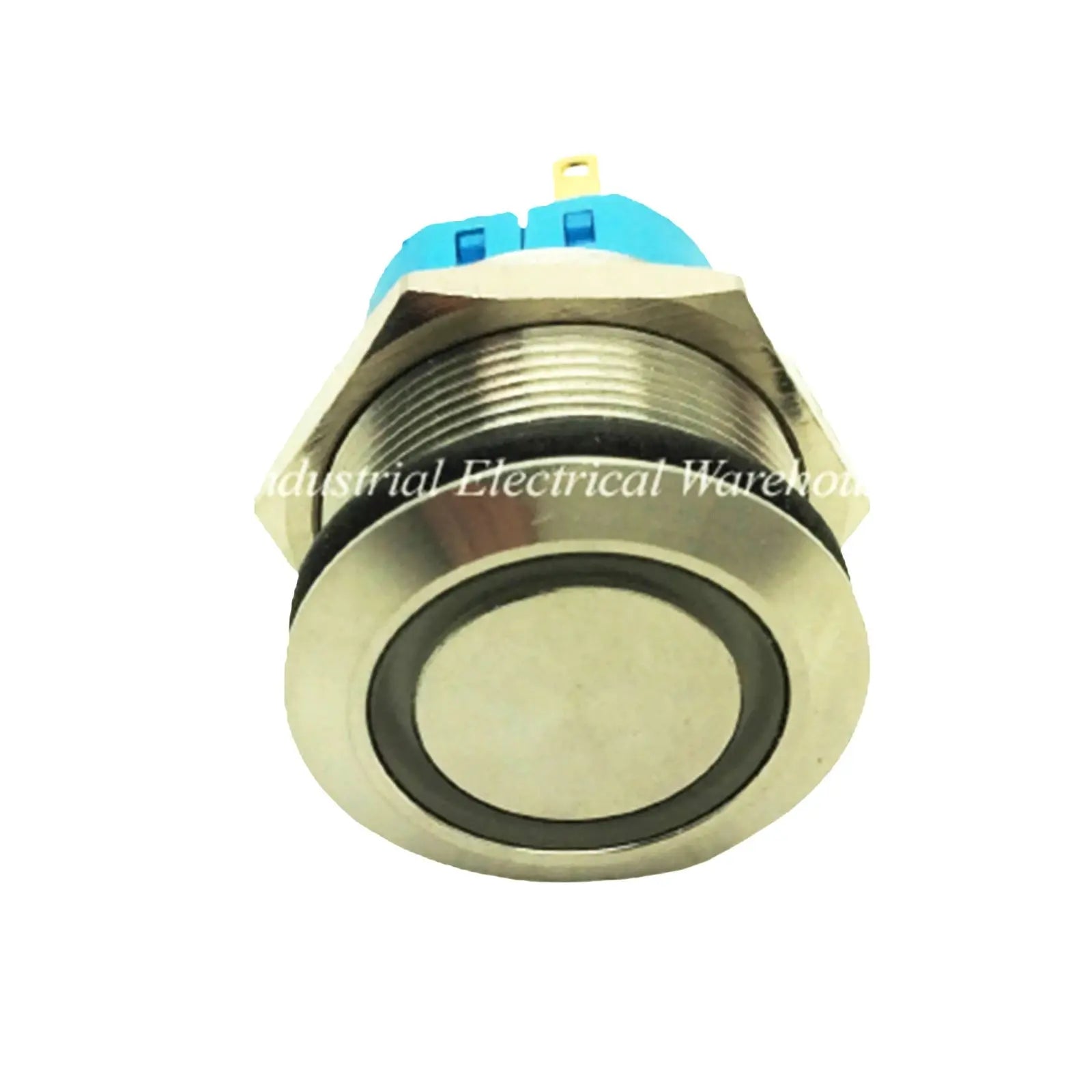












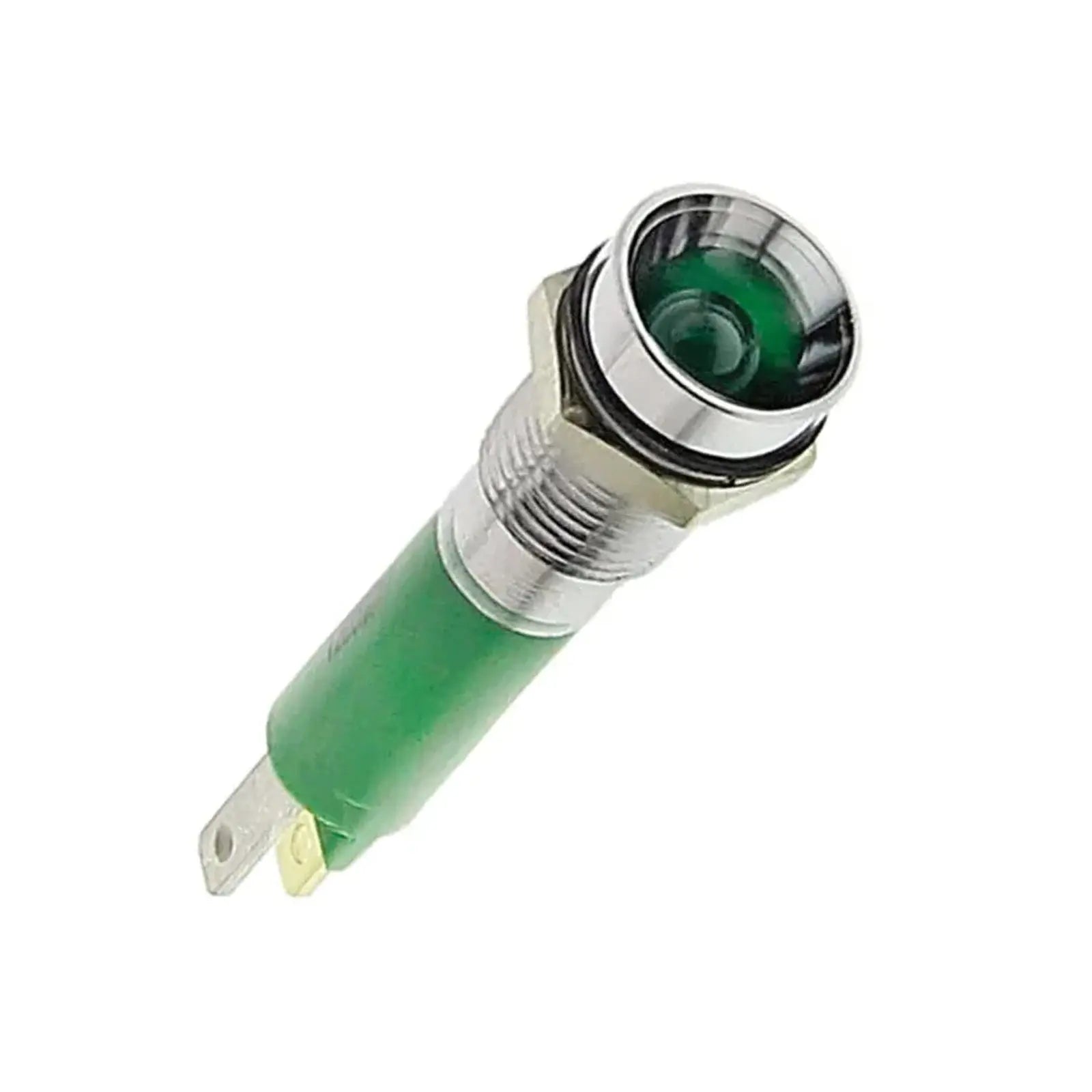


Découvrez notre vaste gamme d'accessoires, notamment des boutons-poussoirs et des interrupteurs, conçus pour optimiser vos projets. Notre collection comprend des composants de haute qualité garantissant fiabilité et performance. Que vous souhaitiez moderniser vos systèmes existants ou en créer de nouveaux, nos boutons-poussoirs et interrupteurs sont la solution idéale pour toutes vos applications.
Pourquoi choisir nos boutons-poussoirs et interrupteurs ?
Nos boutons-poussoirs et interrupteurs sont conçus avec précision et durabilité. Ils conviennent à diverses applications, des machines industrielles à l'électronique grand public. Axés sur la qualité, nos produits offrent des performances durables et une grande simplicité d'utilisation.
Explorez notre sélection pour trouver la solution idéale pour vos besoins. Nous proposons une variété de styles, de tailles et de fonctionnalités pour répondre à vos besoins spécifiques. Notre interface intuitive facilite la navigation et la sélection des composants adaptés à votre projet.
Comment choisir les bons boutons-poussoirs et interrupteurs
Choisir les bons boutons-poussoirs et interrupteurs implique de prendre en compte des facteurs tels que l'application, l'environnement et le design. Nos descriptions et spécifications détaillées des produits vous aident à prendre des décisions éclairées. De plus, notre service client est à votre disposition pour répondre à toutes vos questions.
Optimisez vos projets grâce à nos accessoires fiables et performants. Notre engagement qualité vous garantit les meilleurs produits disponibles. Parcourez notre collection dès aujourd'hui et constatez la différence en termes de performance et de fiabilité.
Besoin de commandes en gros ou de recommandations d'experts sur les boutons-poussoirs et les interrupteurs ?
Vous souhaitez commander des boutons-poussoirs et des interrupteurs en gros ou avez besoin d'aide pour choisir la solution industrielle idéale ? Notre équipe est là pour vous aider avec des devis personnalisés, des recommandations de produits et des conseils techniques. Que vous soyez électricien, entrepreneur ou chef d'entreprise, nous proposons des solutions sur mesure pour répondre à vos besoins.
📩 Contactez-nous ou discutez avec nous en direct pour une assistance instantanée !
Découvrez notre collection mensuelle d'offres de folie !
Profitez de réductions exceptionnelles dans notre magasin ! Découvrez les meilleures offres :
Explorez ces catégories maintenant et profitez des meilleures offres avant qu'elles ne disparaissent !
- Tous les produits de notre gamme – Des produits de qualité supérieure sélectionnés avec soin pour vous.
- Meilleures ventes – Articles préférés des clients et articles très demandés.
- Offres spéciales et soldes Watts – Remises à durée limitée sur des produits incontournables.
- Watts New – Nouveautés et dernières innovations.
-
Toutes les collections – Explorez tout ce que nous avons à offrir.
Explorez ces catégories maintenant et profitez des meilleures offres avant qu'elles ne disparaissent !
N'oubliez pas de consulter nos remises massives jusqu'à épuisement des stocks !
Vu récemment
Bulletin d'information Watts Current
Restez connecté avec les derniers produits électriques industriels, les offres exclusives et les mises à jour d'experts.
Inscrivez-vous maintenant et ne manquez rien


